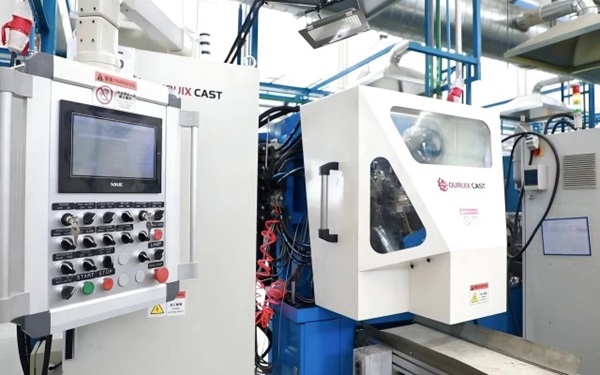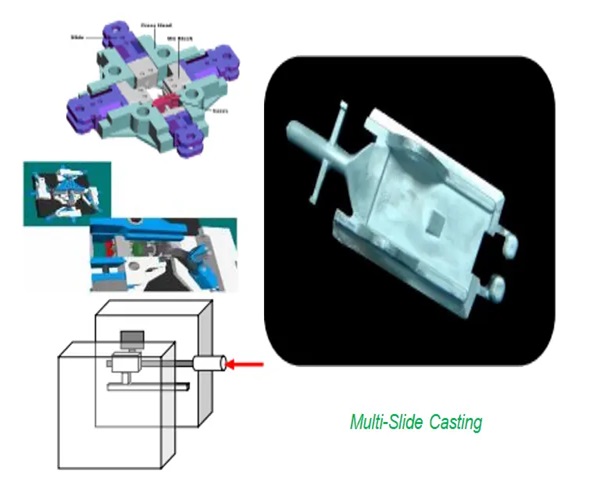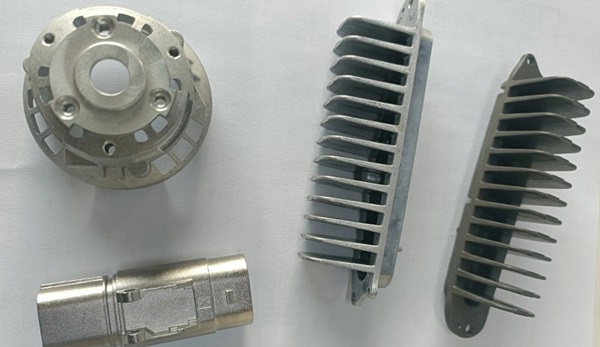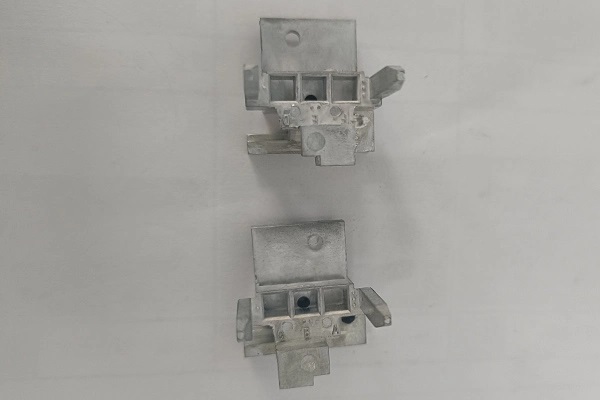In the world of precision manufacturing, zinc alloy die casting stands out as a reliable and cost-effective method for producing high-quality metal parts. Known for its exceptional strength, dimensional stability, and smooth surface finish, zinc alloy casting is widely used in industries ranging from automotive to electronics. Eesson, a leading expert in die casting solutions, specializes in high-performance zinc alloy components, delivering superior results for various engineering applications.
In this comprehensive guide, we explore the fundamentals of zinc alloy die casting, compare it with aluminum die casting, highlight its advantages in automotive manufacturing, and explain why it remains a top choice for high-precision applications.
Zinc alloy die casting is a metal-forming process in which molten zinc is injected under high pressure into a precision-engineered mold to produce complex, near-net-shape components. This method harnesses the excellent fluidity of zinc alloys, enabling the production of intricate parts with tight tolerances and minimal finishing requirements.
The process begins with melting the zinc alloy—typically Zamak 3 or Zamak 5, known for their superior mechanical properties. Once molten, the metal is forced into a steel mold (die) at high pressure, ensuring complete cavity filling and rapid solidification. The result is a lightweight yet strong component with excellent surface quality, often requiring little to no additional machining.
At Eesson, we leverage advanced die casting techniques to manufacture components with exceptional precision, durability, and cost efficiency. Our expertise ensures that each part meets stringent industry standards while optimizing production speed and material usage.

Choosing the right material for die casting depends on specific project requirements. Below, we compare zinc alloy die casting and aluminum die casting to help determine the best option:
Feature | Zinc Alloy Die Casting | Aluminum Die Casting |
Melting Point | Lower (~385°C / 725°F), reducing energy costs | Higher (~660°C / 1220°F), requiring more energy |
Strength & Weight | High strength-to-weight ratio, ideal for thin-walled parts | Lower density but requires thicker walls for similar strength |
Surface Finish | Naturally smooth, excellent for plating/painting | Often requires post-processing for a refined finish |
Tooling Longevity | Molds last longer due to low wear (100,000+ cycles) | Higher die wear due to aluminum's abrasiveness (50,000+ cycles) |
For applications requiring fine details, superior surface finishes, and high dimensional stability, zinc alloy die casting often outperforms aluminum. However, aluminum remains preferred for lightweight structural components. Eesson's engineers can help determine the optimal material based on your design and functional needs.

The automotive industry relies heavily on zinc alloy die casting for producing durable, lightweight, and precisely engineered components. Here are five key benefits driving its adoption:
First, zinc alloy parts exhibit excellent impact resistance, making them ideal for safety-critical components like door handles, brackets, and sensor housings. Unlike plastics or weaker metals, zinc withstands high stress without cracking.
Second, the high fluidity of molten zinc allows for intricate designs without compromising structural integrity. Complex geometries, such as under-the-hood connectors or transmission components, can be cast with minimal porosity or defects.
Third, zinc alloys resist corrosion effectively, even in harsh environments. This makes them perfect for exterior automotive parts exposed to moisture, salt, and temperature variations.
Fourth, zinc's superior electrical conductivity enhances its use in electronic components like connectors and shielding for sensors and infotainment systems.
Finally, zinc die casting is highly economical for medium to high-volume production. With faster cycle times and reduced secondary machining, manufacturers achieve cost savings without sacrificing quality. Automotive giants trust Eesson's zinc die casting solutions for achieving efficiency, precision, and long-term reliability.

When precision and repeatability are non-negotiable, zinc alloy die casting outperforms many alternatives. Its ability to maintain tight tolerances (as low as ±0.025mm) ensures consistent part dimensions, essential for industries like aerospace, medical devices, and electronics.
The low shrinkage rate of zinc alloys minimizes warping during cooling, producing parts that meet exact specifications without significant post-casting adjustments. Additionally, the natural smoothness of zinc surfaces reduces the need for polishing or coating, saving time and costs.
For miniature components such as micro gears, electrical contacts, or optical device housings, zinc alloys provide the perfect balance of strength, thin-wall feasibility, and resistance to wear.
Eesson specializes in high-precision zinc die casting, leveraging advanced techniques like multi-slide molding and vacuum-assisted casting to deliver flawless results for mission-critical applications.

From automotive systems to high-tech electronics, zinc alloy custom die casting continues to be a go-to solution for manufacturers seeking durability, efficiency, and precision. The method's superior surface finish, cost-effectiveness, and performance under stress make it an unmatched choice for modern engineering challenges.